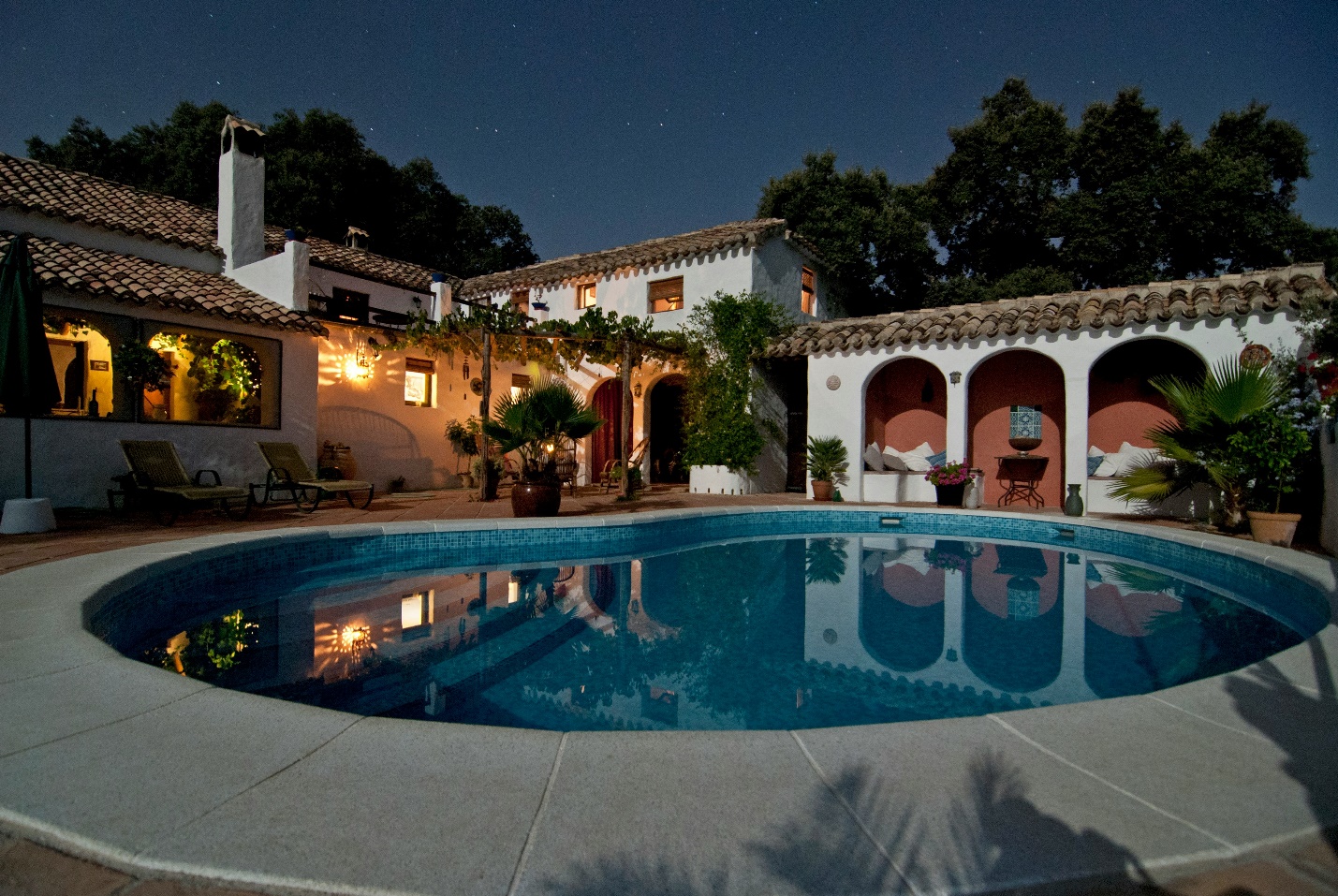
By jrandall
Jul 25, 2024
Are you looking for ways to cut down on your energy bills while helping the environment? In today’s environmentally conscious world, reducing our carbon footprint is more important than ever. One effective way to achieve this is by focusing on energy-efficient residential landscape lighting. In this blog, we will explore various energy-efficient lighting options that can help you achieve these goals.
Energy efficiency is not just a buzzword; it’s a crucial aspect of sustainable living. Traditional incandescent bulbs consume a lot of energy and have a relatively short lifespan. In contrast, energy-efficient lighting installations such as LED and CFL bulbs use less electricity and last much longer. This not only reduces your carbon footprint but also translates into significant cost savings over time.
Light Emitting Diode (LED) bulbs are among the most energy-efficient lighting options available today. They use up to 80% less energy than traditional incandescent bulbs and can last up to 25 times longer. LEDs are available in a wide range of styles and color temperatures, making them suitable for various applications around your home.
Benefits:
Best Uses:
Compact Fluorescent Lamps (CFLs) are another energy-efficient alternative to incandescent bulbs. They use about 70% less energy and can last up to 10 times longer. While CFLs take a bit longer to reach full brightness, they are still a cost-effective option for reducing your energy consumption.
Benefits:
Best Uses:
Halogen incandescent bulbs are an improved version of traditional incandescent bulbs. They use about 30% less energy and last up to three times longer. While not as efficient as LEDs or CFLs, they are a step up from standard incandescents and provide a similar light quality.
Benefits:
Best Uses:

In addition to choosing energy-efficient bulbs, incorporating smart landscape lighting solutions can further enhance your home’s energy efficiency and convenience.
Smart bulbs, such as those offered by Philips Hue and LIFX, allow you to control your lighting through a smartphone app or voice assistant. You can schedule lights to turn on and off, adjust brightness levels, and even change colors to suit your mood. By automating your outdoor lighting, you can ensure that lights are only on when needed, reducing unnecessary energy consumption.
Benefits:
Best Uses:
Smart switches and dimmers provide a way to control existing light fixtures without replacing the bulbs. These devices can be integrated into your home’s smart system, allowing you to control outdoor lighting remotely, set schedules, and adjust brightness levels. Dimming lights reduces energy consumption and extends the lifespan of your bulbs.
Benefits:
Best Uses:
Energy-efficient outdoor lighting can enhance the safety and beauty of your home while minimizing energy consumption.
Solar lights are powered by the sun, making them an eco-friendly and cost-effective option for outdoor lighting. They are easy to install and require no wiring, making them ideal for pathways, gardens, and driveways.
Benefits:
Best Uses:
Motion sensor lights turn on only when motion is detected, reducing energy consumption by ensuring that lights are only on when needed. These lights are ideal for security purposes and can be used to illuminate pathways, entrances, and outdoor living spaces.
Benefits:
Best Uses:
To maximize the benefits of energy-efficient lighting, consider these additional tips:
Switching to energy-efficient lighting not only reduces your carbon footprint but also offers significant financial benefits. According to the U.S. Department of Energy, widespread use of LED lighting could save approximately 348 terawatt-hours of electricity by 2027, equivalent to the annual output of 44 large power plants.
By reducing your energy consumption, you can lower your electricity bills and reduce greenhouse gas emissions. Energy-efficient lighting options also have a longer lifespan, reducing the need for frequent replacements and lowering maintenance costs.
Investing in energy-efficient residential lighting is a smart and sustainable choice that benefits both your wallet and the environment.
Ready to reduce your carbon footprint and lower your energy bills? Let Lights Over DMV help you. Start exploring energy-efficient lighting options at our website today and transform your home into an eco-friendly haven! Reach out to us for further details.
Fill out the form, or call us to
set up a free in-home consultation.
This will close in 0 seconds
No comment yet, add your voice below!